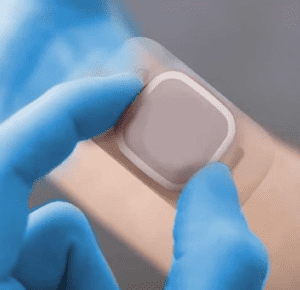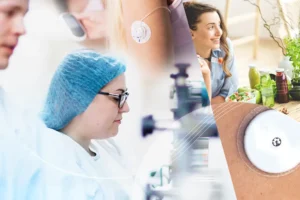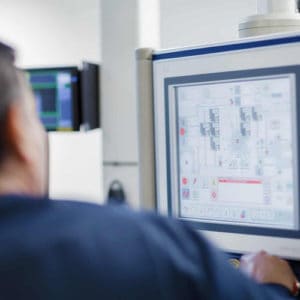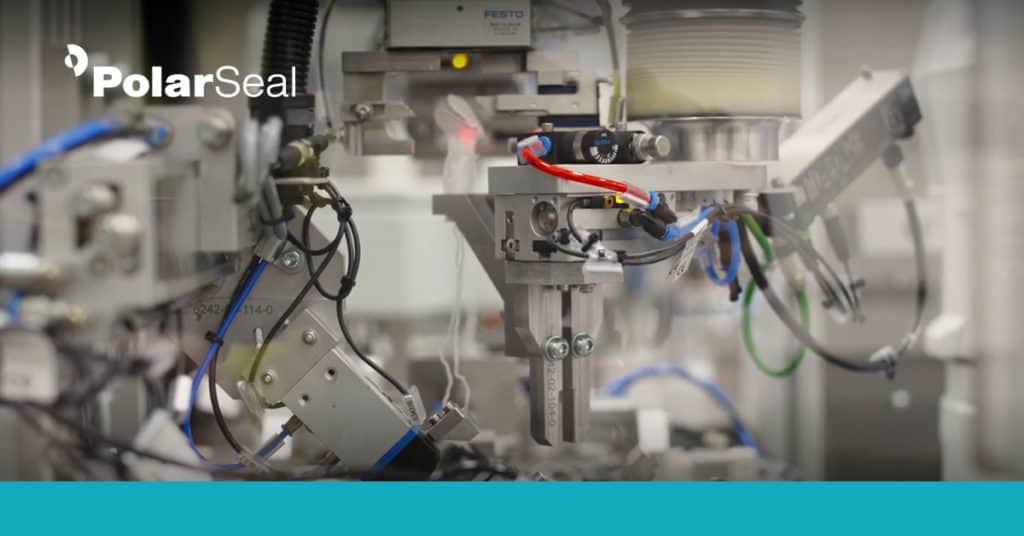Employees are integral to your business’s success.
That may sound obvious, but often, employers overlook this one key facet of running a company that can get them into irreversible trouble. Ignore your employees at your peril; refine and upskill your employees to the companies benefit.
Therefore, we want to touch on the topic of automation – specifically, automation within contract medical device manufacturers. In our industry, it is important not just to have capable, precise, and critical thinking members within each department, but it is also important that we are making sure each person is being harnessed in the correct way as it can have many benefits for your business.
Automation in medical device manufacturing and flexible material converting allows for an evolution of workplace roles for employees, and can help streamline the manufacturing process, allowing for more creative and useful positions for employees, and boosting profit margins.
So, what can be done with regards to automation, reducing manual input, and reallocation of resources?
Reduce Waste & Increase Productivity
Human beings are fallible. We get tired, uninterested, or lose focus. This isn’t an indictment on employees, but having robotics programmed to execute precise, monotonous functions is going to reduce lost productivity and waste by moving the humans into more creative roles and letting the robots do the boring, monotonous stuff. The inclusion of automation in the manufacturing of medical device components improves the number of components to quantity of raw material used ratio, with a higher output of components with minimal waste. This in turn, reduces costs as less material is wasted, more effective converting on material available therefore increasing profit margins.
Consistency
When you have automation, you are working with highly sensitive and sophisticated hardware and software that is manufacturing your medical device from diagnostic testing strips through to advanced silicone dressings. Sensors and cameras connected to your production line can optimize efficiency and reduce error, your devices can go from good to great as they can achieve superhuman levels of consistency, being manufactured under tight tolerances with accuracies down to the micron. By using automation to manufacture medical devices, it not only reduces the chance of human error, but it promises consistent high-quality production which increases productivity and therefore product and operational profit.
Enabling Quality Assurance Practices
The usage of automation can enable you to not just control the swift flow of medical device manufacturing from the delivery of raw materials through to part manufacture and goods out, but also ensure there are fail-safes in place. You can program automatic correction for certain processes or enable detection of faulty materials in an instant, ensuring that each product that comes off the production line has been screened with intense automated precision, ensuring client specifications are met. Vision systems and temperature checks and be implemented to monitor any potential variations in material or end of production medical components.
Maintain Optimum Operating Conditions
Manufacturing in ISO 7 Cleanroom conditions is a great step to ensuring non-contaminated devices are constructed through lamination, die cutting, pouching, and packing in controlled environments. How can this be bettered with automation? Environment control systems identifying toxic air particles, automated pouching lines (reducing human touch on final product), temperature control and checks of incoming materials via transfer rooms. Overlooking skilled operators within these conditions cannot happen, a human element is always required noticing errors machines may very well miss. By having controlled operating conditions, it will reduce the amount of contaminated medical components being manufactured, which will reduce waste and therefore increase potential profit margins.
Flexible medical material converting capabilities
Automated production lines increase volume output, number of components per square metre of material, reduce time in change of jobs and time spent on machine setup allowing correct usage of resource.
Automation reduces waste, increases returns, and ensures an excellent product. If any of these appeal to you, get in touch with PolarSeal with one of our medical device experts so we can get started and collaborate for a unique solution.







